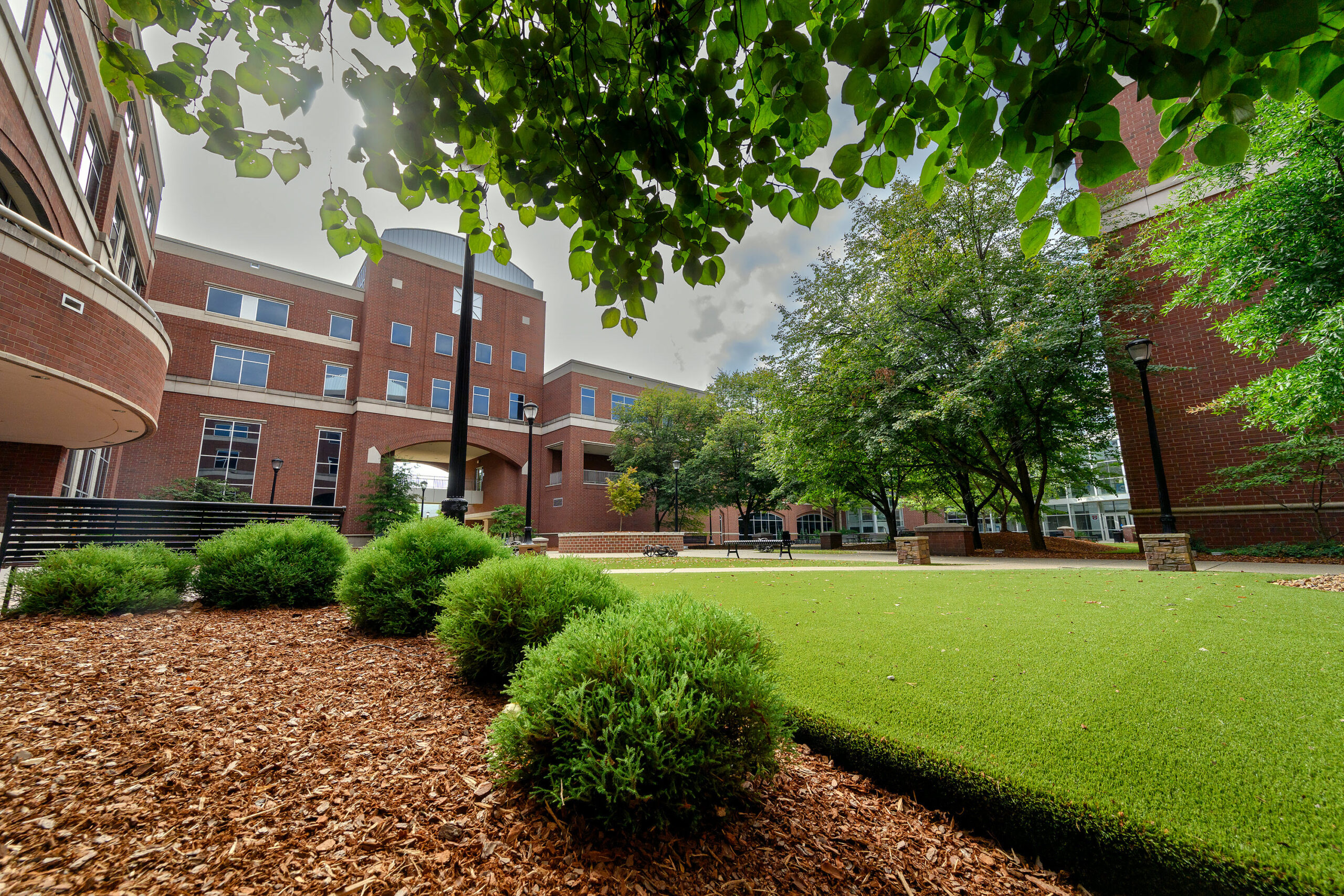Facilities Services
Carbon-14
Physical Characteristics:
- Half-life: 5,730 years
- Emissions: Beta particles with a maximum energy of 156 keV and an average energy of 49 keV.
- Maximum Range in Air: 22 cm in air; 0.027 cm in tissue.
- Fraction transmitted through the dead layer of the skin: 0.11
Dose:
- Dose rate to the skin at 10 cm: 600 mrad/hour/mCi
(for an unshielded point source) - Dose rate to epidermal basal cells from skin contamination of 1 mCi/cm2: 1400 mrad/hour
Shielding:
- None needed, when used in millicuries quantities under normal laboratory conditions.
Annual Intake Limits (ALI)
- Ingestion: 2×103 µCi
Note: 1.0ALI = 5,000 mrem CEDE
Detection:
- Liquid scintillation counter is the preferred method for detecting C-14. Most G-M detectors are not likely to detect the presence of C-14 in amounts less than about 0.05 µCi (100,000 dpm).
- Whole Body dosimeter: Not required
- Finger dosimeter: Not required
Precautions:
Low-level C-14 contamination cannot be easily detected with a G-M meter, and special precautions are needed to keep the work environment clean. The regular use of wipe testing, using a liquid scintillation counter, is the only way to insure that your work space does not contain low-level removable contamination.
Waste Disposal: Call r
Work Orders
To submit a general maintenance, custodial, athletic facilities, and plant request:
Middle Tennessee State University
Work Orders
615-898-2308
Work Orders Website
Facilities Services
Middle Tennessee State University
Facilities Services
PO Box 32
Murfreesboro, TN 37132
(615) 898-2414
facilities.services@mtsu.edu
We welcome your comments and questions. You may contact MTSU Facilities Services by calling our office, visiting our offices in Holmes Building, or emailing us!
